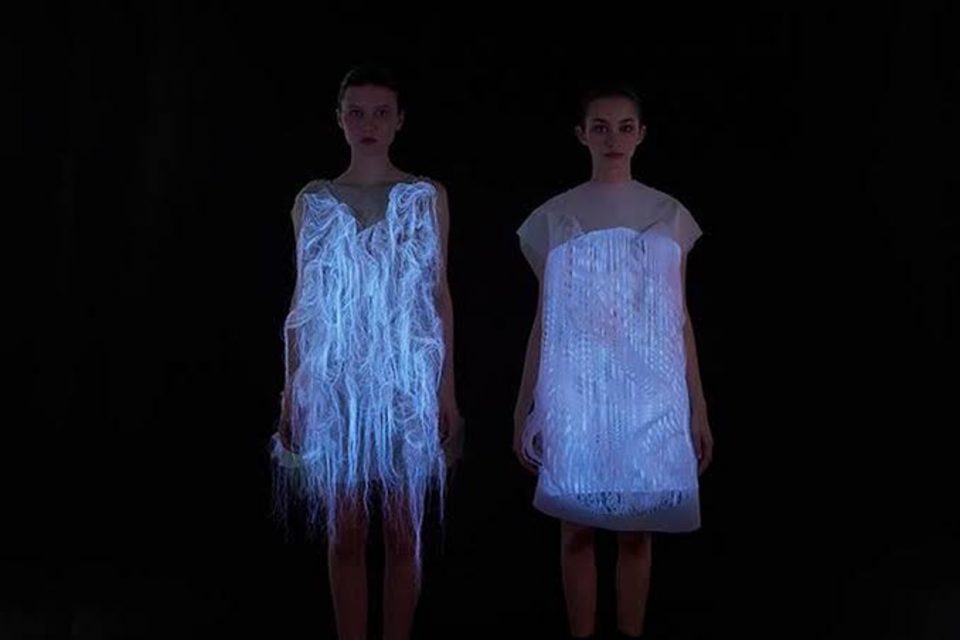The global smart textile market size is expected to reach over USD$5 billion by 2025. As demand for fabric technology continues to be driven by the increasing penetration of smartphones and other high-tech devices in the market, new mobile devices equipped with Bluetooth Low Energy (BLE) technology that enable the connection of sensor-based devices to the internet through mobile phones are making smart wearables a new reality.
Smart textiles such as graphene-coated fabrics allow high conductivity which can be configured to communicate the information of the wearer, such as physiological parameters including location, heart rate, blood pressure and temperature. This data can then be applied in healthcare, military, emergency services and sports and fitness. The wide usage of connectivity and growth in wireless technology is having a positive impact on the smart wearables market growth.
Until now smart textiles have been limited to niche usage including high-end fashion, military and defence and medical sectors. However, the industry is now witnessing a shift with the positive confluence of technology and textiles that have led to the easy integration of comfortable fabric-based sensors together with the advent of conductive yarns that can be woven into fabrics.
Smart textiles are now anticipated to create a revolution in the smart wearables market.
Graphene embedded fabrics are expected to be the solution to the current consumer demands when it comes to smart wearables. Gone are the days when a consumer’s choice of clothes is shaped purely by fads or a desire to look good; today’s consumers seek comfort and high functionality, made with materials that are sustainable and eco-friendly through a process that is transparent and environmentally responsible.
Given that graphene embedded fabrics tick all the boxes in this regard, with numerous potential in smart features such as enabling a jacket to charge a mobile phone or a running shirt that not only cools you down but captures biometric information while you work out, the demand for apparels with this fabric technology is expected to be highly bankable.
